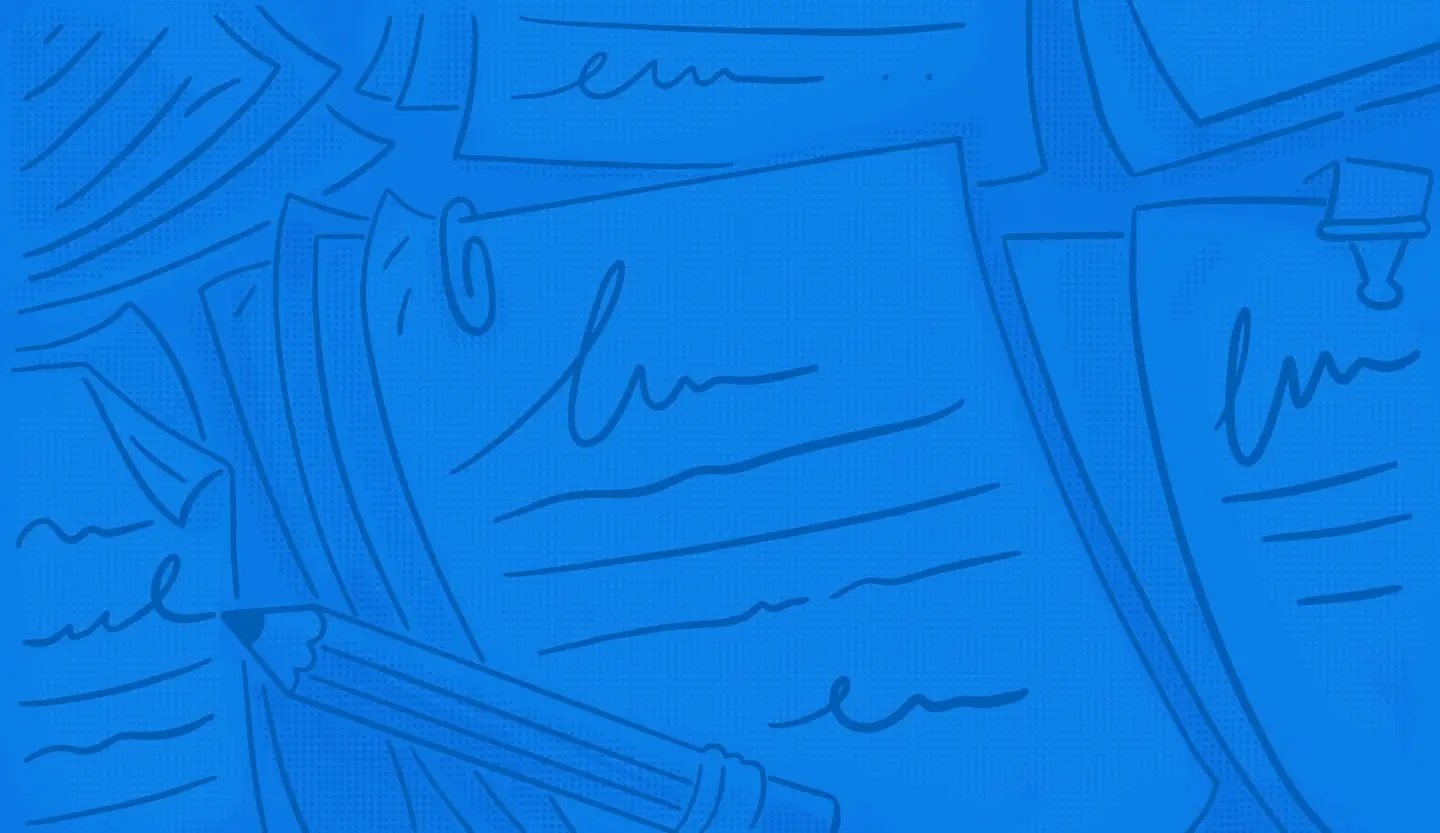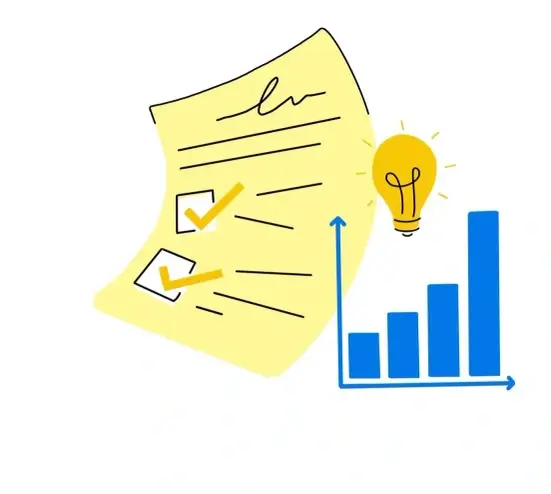
Idealist's "Perfect Resume" Roadmap
Explore our exclusive resume resource for a guided tour through best practices, suggested sections, formatting ideas, space savers, and even a few common errors to keep an eye out for.
More resume tips
As you begin the path to your new resume, here are some additional points to keep in mind:
Be consistent with your formatting
Be sure that formatting, alignment, and punctuation are consistent throughout your resume. Here are some common resume mistakes to keep an eye out for.
Stick to one font
Feel free to bold or italicize when necessary (as long as your style choices are consistent!) but multiple fonts can make your resume look chaotic. Here are some tips on fonts that work best for a resume (and which ones to avoid).
Be mindful of resume length
Do your best to keep your materials short and relevant. If you are early in your career (or transitioning into a new field) one to two pages should do the trick. If you’re further along in your career, two pages is a reasonable resume length (and if you have publications to highlight, a CV may be the way to go). It’s my opinion however, that very few people need more than two pages to showcase their experience (don’t forget, you have all of that cover letter real estate to work with, too!).
Strike the right balance between academic and professional experience
Wondering where to include your education section? If you’re less than five years out of school (be it high school, college, or graduate school) and you consider your coursework to be among your biggest accomplishments, include your education section toward the top of your resume. If however, you’re further along in your career and would prefer to highlight professional experience over academics, you can confidently shift that section to the bottom of your document.
Use the right resume style for your situation
There are several different types of resumes—chronological, functional, hybrid, and targeted, just to name a few—so make sure that the type of resume you select is the right fit not just for the position for which you’re applying, but for your current employment circumstances as well. The resume used for the purpose of this resource is an example of a chronological resume (with a few functional points for good measure).

Free Professional Development Course
Designing Your Dream Career
Looking for more actionable ways to land your dream job or move up the ladder at your current organization? Explore our brand-new virtual course, Designing Your Dream Career! We’ll help you identify useful skills, find opportunities to acquire and develop them, and then highlight all you’ve learned in your resume and cover letter.

